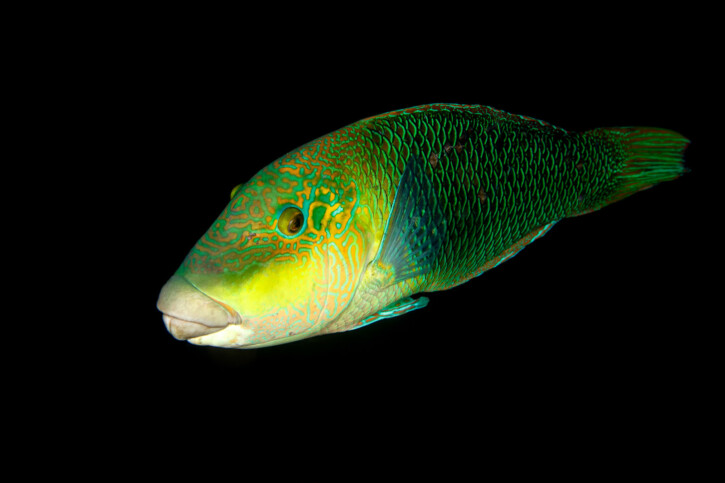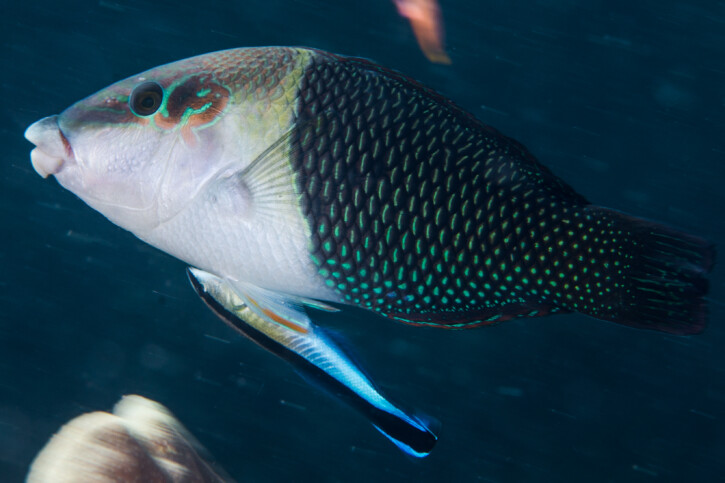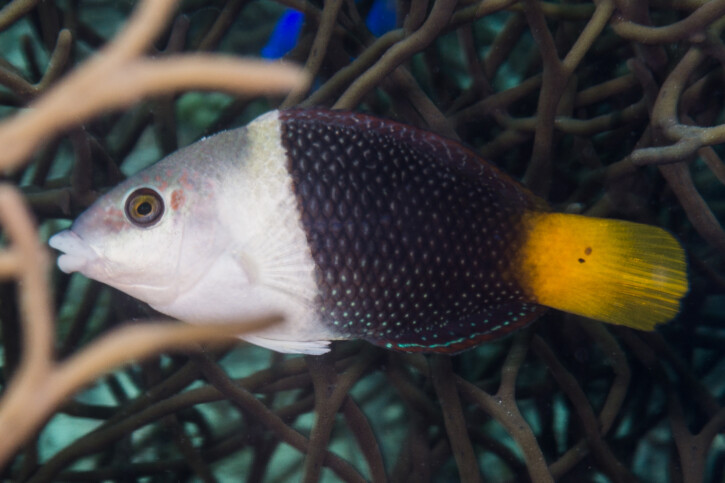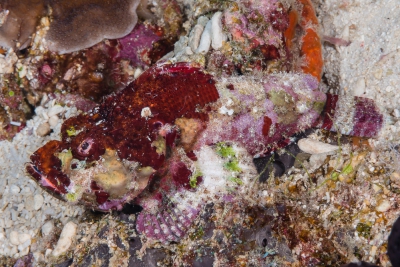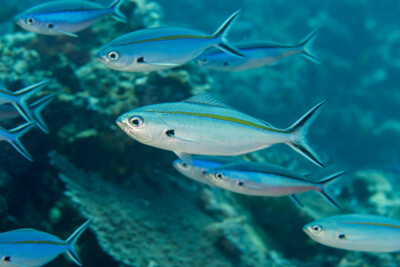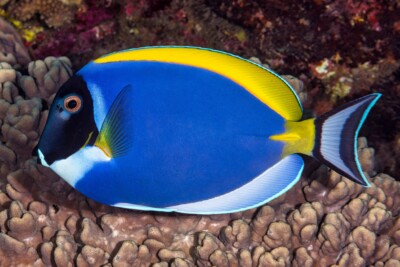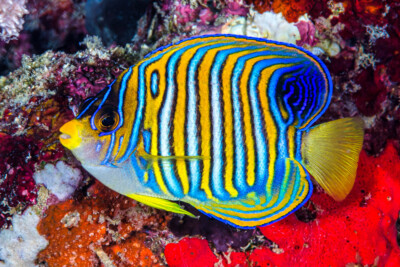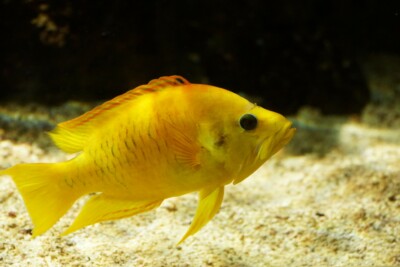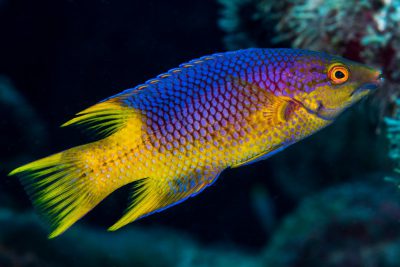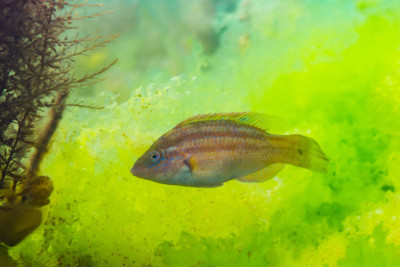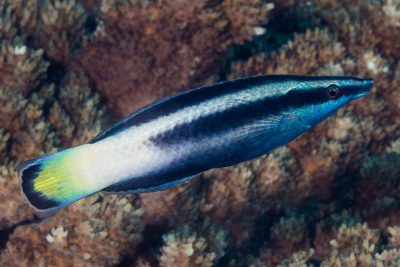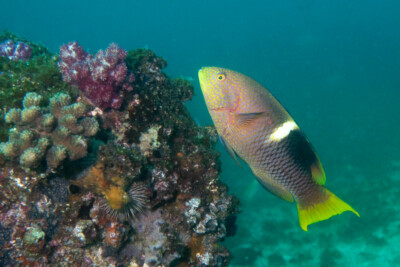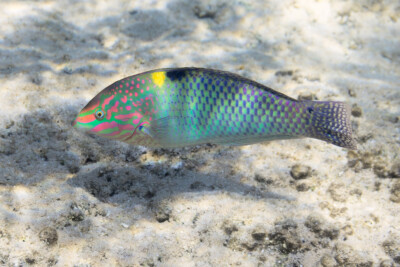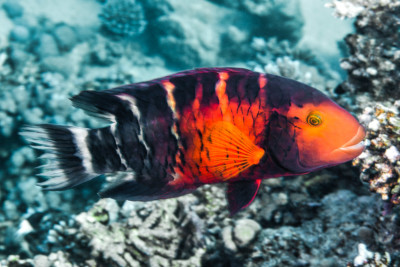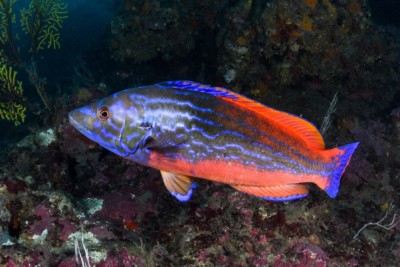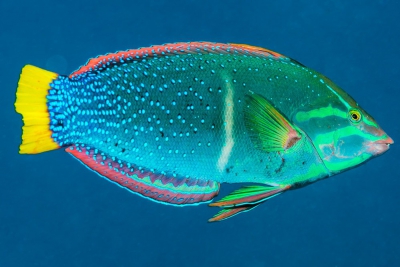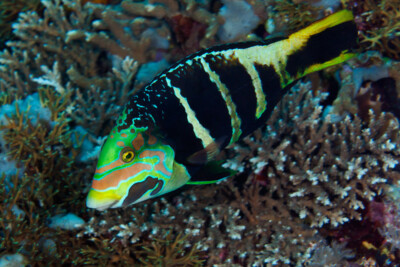blackedge thicklip wrasse
| Scientific name | Hemigymnus melapterus |
|---|---|
| Descriptor | Bloch |
| Year of description | 1791 |
| IUCN category (World) | LC |
| Family | Labridae |
| Genus | Hemigymnus |
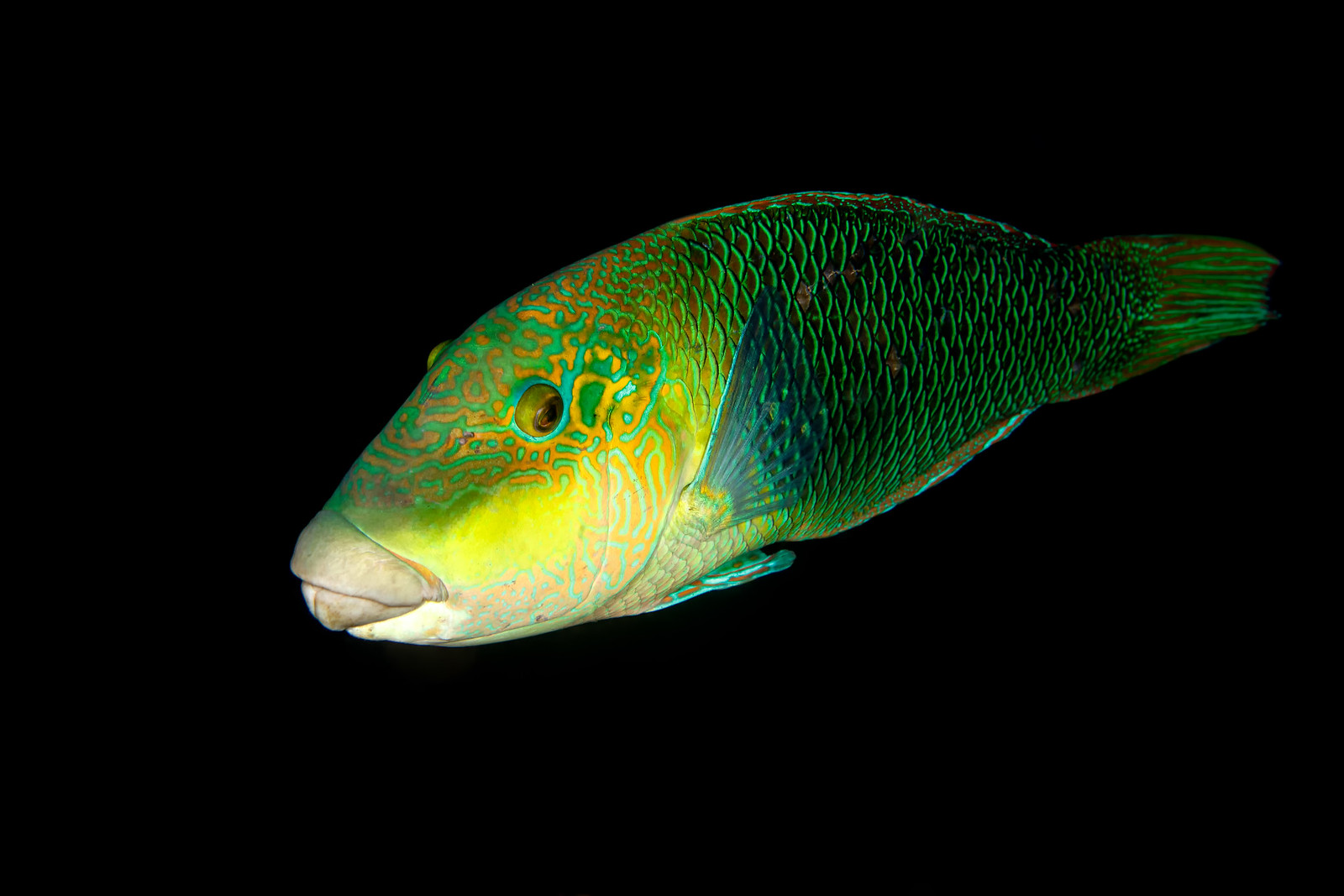

Introduction
Hemigymnus melapterus, commonly known as blackedge thicklip wrasse, is a salt water fish.
This sheet is currently being prepared. The texts currently proposed come from our data model or are being drafted. To request priority for this content, you can write to us HERE.
Who is it?
Morphology
-
Average size30 cm
-
Maximum size39.6 cm
-
Patterndrawn scales
-
Average size30 cm
-
Maximum size39.6 cm
-
Patterndrawn scales
How to recognize This fish ?
The blackedge thicklip wrasse measures between 30 and 39.6 cm. This fish is bicolore with a predominantly jaune, vert, noir, marron, blanc and gris body. The also has bleu, vert and noir drawn scales.
Behaviour & Life cycle
-
dietomnivorous with carnivorous tendency
-
Sociabilityliving in a group or alone
-
territorialNo
-
Way of livingdiurnal
The blackedge thicklip wrasse is a fish living in a group or alone. This species is omnivorous with carnivorous tendency .
Although the blackedge thicklip wrasse is non-territorial, it is sometimes aggressive towards other species.
Reproduction
-
Reproductionovipare
-
Hermaphroditeprotogynous
The blackedge thicklip wrasse is a fish ovipare. always born female. Growing up, individuals will change sex to become male, this is called successive hermaphroditism of the protogynous type.
Harmless species
This species does not represent any particular threats to humans when encountered in its natural environment.
Origin and distribution

What is its habitat?
Natural environment characteristics
-
Temperature25 - 29 °C
-
Depth1 - 30 m
Biotope presentation
The blackedge thicklip wrasse is most often found at a depth between 1m and 30m. However, it is not impossible to find this species at other depths.
Species of the same biotope
To go further
Sources & Contributions
Participation & Validation
The Fishipedia team and specialist contributors are committed to providing high-quality content. However, although the information comes from scientific sources or testimonials from specialists, the cards may contain inaccuracies.

Aurélien Calas

Adrien Falzon
Translation
Translation done with the valuable contribution of our translators, who make this information available to a wider audience. We sincerely thank them for their commitment.
Bibliographic references
Review of the Indo-Pacific labrid fish genus Hemigymnus - J.E. Randall - Journal of the Ocean Science Foundation - 2013. vol.6
Scientific partners
Tags
Species of the same family
Same genus
Species of the same biotope
